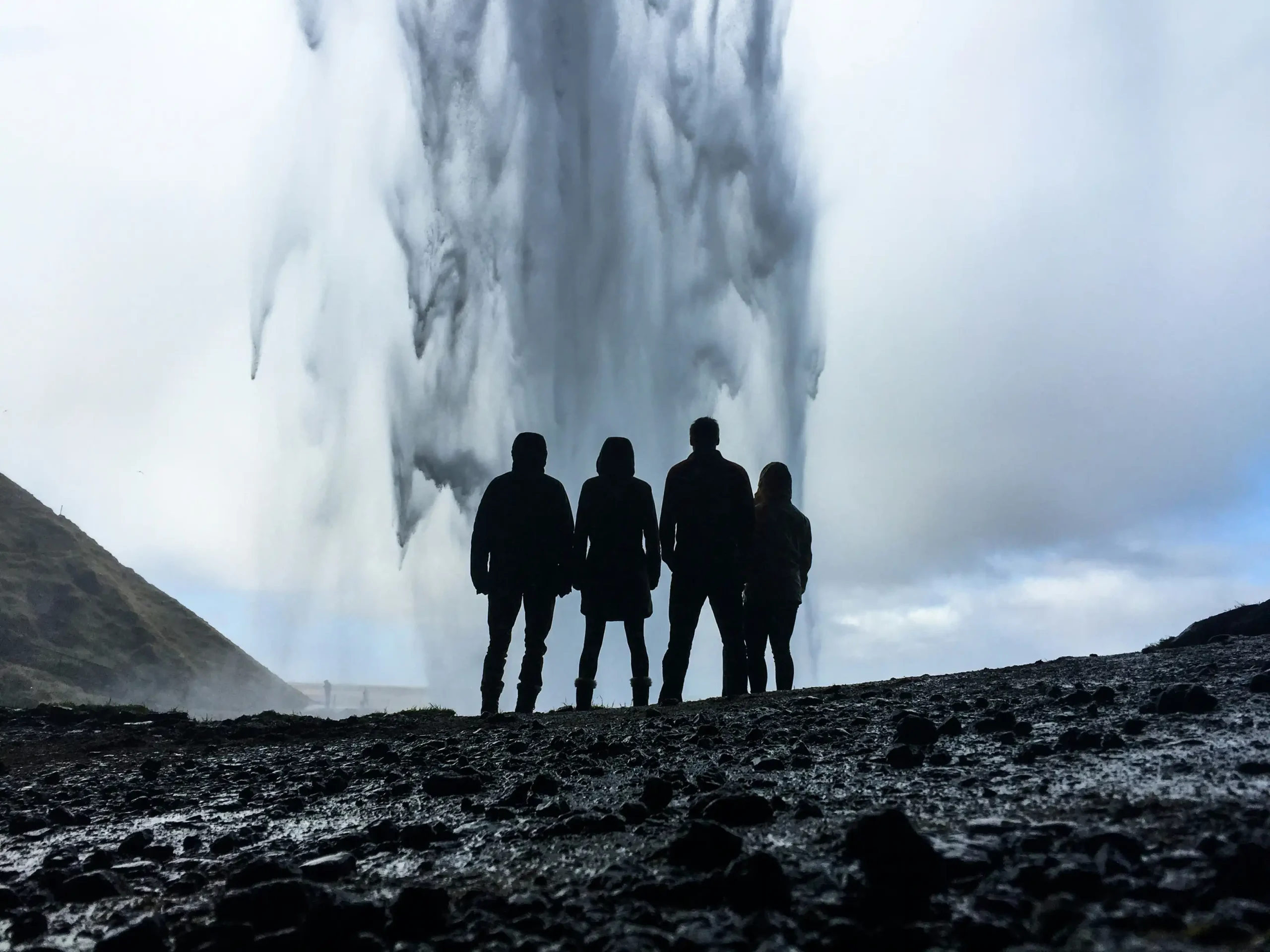In Iran from August 2022. Protests continue unabated following the death of 22-year-old Mahsa Amini, who was arrested by customs police for improperly wearing a hijab and died under unexplained circumstances. Despite violent attempts at suppression, the demonstrations are seen by many as the most serious threat to the regime in Tehran in decades.
Table of Contents:
Despite regime brutality, protests in Iran continue unabated
The mass demonstrations in Iran, which have been going on for months, are not stopping. Iranian media are reporting that Khomeini (who previously accused the United States and Israel of inspiring the unrest) has agreed to amnesty for tens of thousands of those arrested – on condition that they apologize – something that most of the protesters find unacceptable. Despite talk of amnesty, police continue to suppress ongoing protests with great brutality, often resorting to violence. All the while, those sentenced to death for “crimes committed during the protests” are being executed.
We can see images of protests where women are throwing their hijabs and headscarves into the fire, cutting their hair in public, waving banners with slogans such as “Women, life, freedom” or “Death to the dictator.” Although there have been previous instances of women protesting the mandatory wearing of hijabs, these were isolated incidents. The current protests have been attracting thousands of people for months. It is worth recalling where they started.
How did Mahsa Amini die?
The spark that led to the explosion was the death of Mahsa Amini. Mahsa, for Jin‘s relatives, was arrested on the 13th. August 2022, because she was alleged to have improperly worn the hijab – a serious violation in Iran of strict customs that mandate that women cover their hair and neck. After the arrest, Amini’s family tried to find out where the girl had been transported, but without success.
Iranian police allege that – so far healthy – 22-year-old Mahsa Amini was expected to die of a heart attack on August 16, 2022, while in a detention center in Vozer. Photos from the hospital have surfaced, however, showing the woman hooked up to apparatus, with a bleeding ear and other marks from the beating. The first demonstrations took place shortly after Mahsa Amini’s funeral in Saghez, a Kurdish village in western Iran, where the girl was from. The protests quickly spread across the country.
Initially, they demonstrated primarily against police brutality and demanded an explanation of the circumstances of Mahsa’s death, but very quickly other demands began to emerge. To fully understand the motivation of the protesters, it is necessary to take a closer look at what role women play in Iran.

What role do women play in Iran?
Life in Iran has not always resembled a theocratic dystopia. Looking at old photos of Iranian women from the 1950s. or 60. In the 1970s, one might have the impression that they came from the fashionable quarters of Milan or Paris. Laughing girls, like their peers in the West, display trendy hairstyles and short skirts.
The wearing of the hijab was officially banned in 1936 – during the reign of Reza Shah Pahlavi. This sparked opposition in society, including among women. The author of Reconstructed Lives: Women and Iran’s Islamic Revolution, Haleh Esfandiari – an activist fighting for women’s rights – recalls that her great-great-grandmother, upon learning that she would not be allowed to cover her hair, announced that in that case she was not going to leave the house at all. She could afford to do so because she came from the upper classes, many women perceived the compulsion to uncover their hair as humiliating.
Far-reaching liberalization of the law also occurred during the reign of Mohammad Reza Pahlavi (from 1941 to 1979), following the forced abdication of his father. Women were encouraged to get education, work and participate in public life. In 1963, women gained active and passive suffrage (eight years earlier than in Switzerland!), and in the next election four won seats in parliament and two in the senate.
The example was coming from the top. In 1967, the Shah’s third wife – who led a luxurious life and was compared to Jackie Kennedy for her elegance – was crowned ruler(shahban) of Iran, as a way of emphasizing the importance of striving for the emancipation of all women. While holding this position, she traveled around the country promoting the ideas of gender equality, and also dealt with issues related to culture, health care and environmental protection.

The Family Protection Law, introduced in 1967, restricted polygamy, raised the age of marriage to 18 for women and 20 for men, and banned temporary marriages(sigha). All this has whetted appetites. Well-educated women from large cities demanded full equality. At the same time, there was growing very strong resistance from the clergy and provinces against the changes being made, criticism of excessive occidentalism and consumerism, demoralization identified with the Western world.
Read also: Kasia Gallanio. A tragic end to the Arabian fairy tale
Dusk falls – Iranian revolution 1979
A drastic regression occurred when the conservative revolution broke out and Ayatollah Ruhollah Mousavi Khomeini took power in Iran. The Shiite cleric spearheaded the coup that overthrew the American- and British-controlled Shah. He immediately began drastically curtailing human rights, particularly those of women, whose status now resembles slavery in many respects. This is confirmed by international organizations such as the UN and Amnesty International.
After the outbreak of the revolution in Iran, the death penalty for adultery was introduced, and one of the methods of execution used is stoning. To make matters worse, in cases of rape, the woman is punished equally with her attacker. The legal age of marriage was lowered to 13 (only recently raised to 16). Women are completely dependent on male family members, first fathers, then husbands and sons. To leave the country, they need written permission from the man. Opportunities in education and career development are very limited.

At the very beginning of the revolution, the wearing of hijabs was mandated and public flogging was punished for failure to comply with the strict dress code. Significantly, opinions on covering hair among the women themselves were divided: some of them supported the obligation, considering the chador – a loose outfit that covers the head and entire figure – as an important part of the tradition.
Feminists for Jina. How are the current protests in Iran different from previous ones?
These days, however, the young are saying “enough.” Since the outbreak of the protests, the demonstrators’ demands have escalated considerably – they are demanding greater freedom, equality, and many are seeking outright overthrow of the regime. Of great importance are not only issues of women’s rights. Many Iranians simply feel that the economic situation in their country is deteriorating, and are tired of high inflation, pervasive corruption, and the government’s handling of the covid-19 pandemic.
When protests erupted in Iran in 2009, the issue of fraud in the presidential election stirred emotions primarily among the middle class and residents of large cities. In 2017 and 2019, economic hardships brought thousands of workers to the street, but they were primarily limited to the working class. The current protests are unique in both scale and scope. They are attended by people living all over the country, regardless of age or social stratum; women and men, many of whom are also willing to risk their lives in the name of equality.
Public awareness is also completely different. While 20 years ago the media-controlled press and television had to suffice as the entire source of knowledge, today women are very aware of what life is like in the West. Access to the Internet is widespread – it was on social media: on Facebook or Tiktok that many accounts of anti-government speeches were published.
Read also: Abandoned Sky. Women in Chinese society





